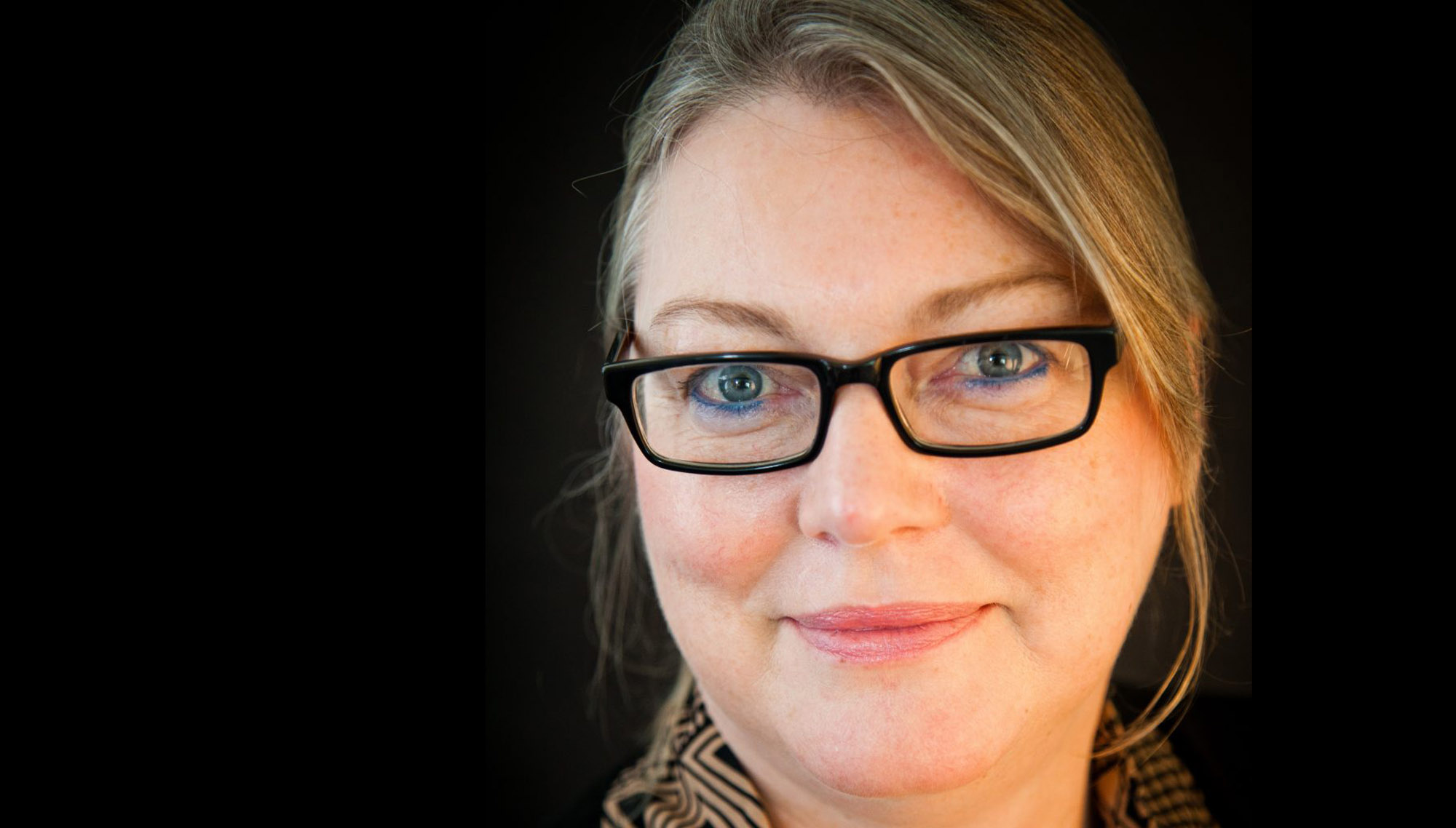Blog:
Mary Cloake
The chief executive of the Bluecoat on why art is fundamental
human enterprise and how the internet has changed it
Humans have been making art since at least 40,000 years BC. Evidence for this claim can be found in the form of cave paintings, such as those of Sulawesi, in Indonesia, and Lascaux and Chauvet in France.
So why is art a fundamental human enterprise? One answer is that it allows us to question the world, and to work out where we are in relation to it. Our contemporary concerns may differ from those of our paleontological ancestors but our human needs remain the same. Whether it be on walls or canvasses or electronic screens, we continue to use the media around us to express our connection to the environments in which we live.
The coming of the internet in the 1990s and the growth of e-mail and social media that has followed would appear to have opened up a whole new realm of possibilities about the immediacy with which we can interact with one another on a daily basis and how we can share, record and express our lives.
On the other hand, social media and digital devices have become so pervasive that we now fear we are starting to prioritise virtual relationships over actual encounters with human beings. We spend so much time now communicating through keyboards and screens that we may be in danger of overlooking our bodies. No wonder then that gyms are booming when our lifestyles have become so sedentary.
In Liverpool this winter there are two exhibitions that engage with these changes in different ways. Bluecoat’s winter exhibition, Left Hand To Back Of Head, Object Held Against Right Thigh, explores the connections that art can make with our bodies by pre-empting our capacity to rationalise. It is designed to remind us that we register experience emotionally and physically, and often express ourselves in a similar way, sensing things before we understand.
Through film, video, installation and sculpture this group show, which highlights the physicality of our responses to art, is the central platform of our winter season on the body. We will also be presenting a series of thematically-related performances and talks – one to watch out for is poet Andrew McMillan reading from his visceral collection Physical, which recently won the Guardian First Book Award.
Also showing in Liverpool, Follow, a new exhibition at FACT, explores the impact that social media has had on how we perceive and judge ourselves. The power and meaninglessness of having online followers is highlighted by artist Constant Dullart, who bought millions of them and then distributed his purchase across arts-related profiles on Instagram.
The exhibition shows how online media is obsessed with the body yet constructs forms of detachment. One example shows the gap between the video of a gyrating pop star and the isolation of a girl viewer in her bedroom. A recurrent focus on branding and logos illustrates how the relentless commodification of the internet is turning us all into self-advertisers. By way of contrast, upstairs, a studio with camera and backdrop is open to anyone who wishes to make a short film. Here FACT offers a welcome alternative to the sleek image factories that pervade social media and is to be applauded for encouraging online creativity.
Social media has brought us closer to each other but the ease with which we can write an email or compose a tweet or a Facebook status also keeps us at a convenient distance from each other. Facebook means not having to face someone. On the other hand, when I hear the polite request of the Big Issue North seller on Church Street, I cannot avoid the reminder of that person’s need as well as hearing an old-fashioned but enduring form of greeting that says we are all human.
What do the animals painted on the cave walls in Lascaux and Chauvet mean? Philosopher Monroe Beardsley has discussed how art can “find ways to bring us close to reality, where intellect and its discursive categories and its analytical bent cannot go”. Let’s hope that in Liverpool this winter, the work on offer at Bluecoat and at FACT will help us to interrogate our current media and rediscover ourselves.

Leave a reply
Your email address will not be published.